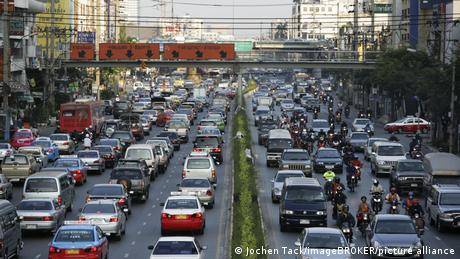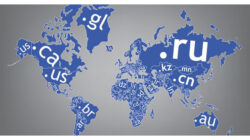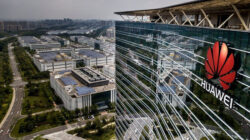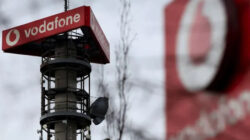The city of Bangkok was founded as a city full of water canals in the 18th century. Even today, the city still boasts of its 1,100 aqueducts. But since some time ago, in the downtown area and the central economic district, transportation facilities that used to be the backbone of the city have been cut off, or completely non-existent.
In fact, two-thirds of trips within Bangkok are now using private vehicles, including more than four million cars and a large number of motorbikes.
According to a Bangkok resident, Chularat Jeetniyom, many Thais don’t want to use public transportation. “If we use the bus, it means we don’t have money. This is one of the attitudes of Thai people that I think is wrong.”
Bangkok waterway network repair
But in the years to come, that could change. For example, if the opinion of urban planners, such as Pongporn Sudbanthad is heard. He is working on repairing the water canal network which is still functioning. He and his team are consulting the Bangkok city government to get the water canal back to its former glory as the city’s founders planned hundreds of years ago.
“We need a drainage system for Bangkok, we need canals and better connectivity,” said Pongporn Sudbanthad. They plan to integrate Bangkok’s canal system with other transit systems, especially the subway network. The idea is to combine more than 400km of canals across the country. Bangkok metropolitan area with hundreds of transportation nodes.
Integration of canal systems and other transit systems
The Lad Phrao aqueduct is the starting point of the entire project. The restoration project meant relocating the homes of thousands of people, who had already built huts above the water canal.
In some places there are small piers. “We had to dismantle it to widen the water canal,” said Pongporn Sudbanthad. And all the houses on its banks will be torn down, to build new ones.”
The old and diesel-fueled water buses pacing the Saen Saep canal are a source of danger to health and the environment. The Bangkok city government is also aware that water transportation must be more attractive, if it is to meet the needs of an increasingly booming population.
Therefore, the government wants to increase the number of electric water bus routes in many canals that have been repaired. German company Torqeedo will provide electric engines for at least 20 new boats.
Electric boat program from Germany
Torqeedo succeeded in persuading the government to invest in the electric boat program. Because in the long run, the low cost will cover the high initial outlay.
Once completed, the new water bus will be powered by 12 lithium batteries. If all the batteries are full, the new boat can be used for four hours, with a maximum speed of 17 km per hour. As an extra energy supply, each boat is equipped with 12 solar panels.
Although electronic mobility still faces limitations, Bangkok’s canals offer the right conditions for battery-operated transport. Because the routes can be planned depending on the strength of the battery.
The Lat Phrao canal is also planned to be serviced by electric boat, at least once repairs are complete. Lat Phrao used to be known for its foul-smelling water, piles of garbage and land grabbing along its banks.
Thousands of residents living illegally here had to be relocated elsewhere. “In the future, if the canal is widen, we will separate the wastewater, so the water will be clean here,” said Pongporn Sudbanthad, “So it’s like in Berlin and in other German cities.”
It is hoped that the repair of the 24 km canal will be completed in the mid-2020s. And along with that, there will also be an end to environmental damage that has left permanent marks on waterways. (ml)












